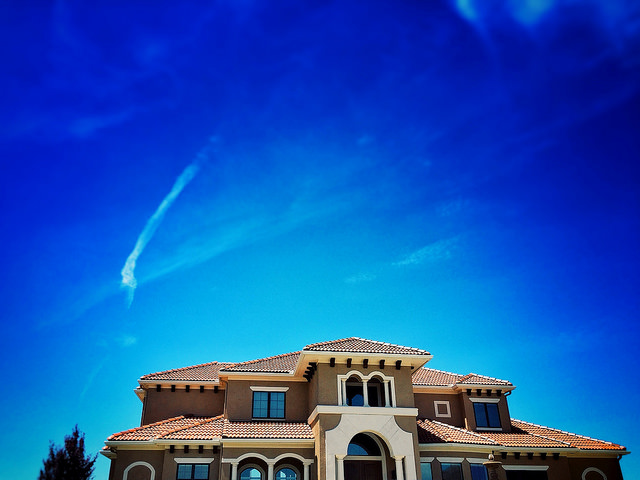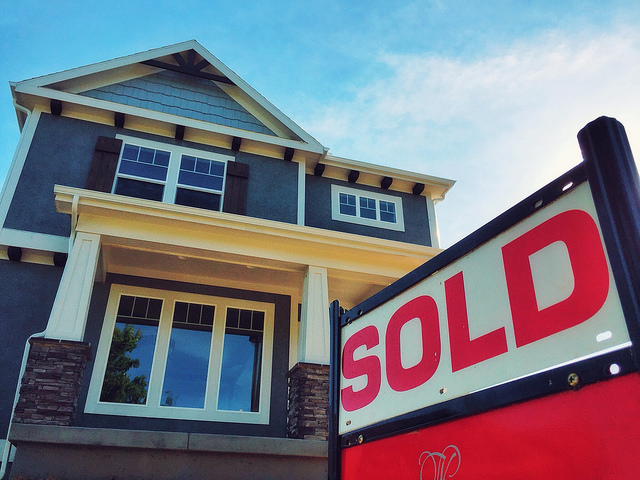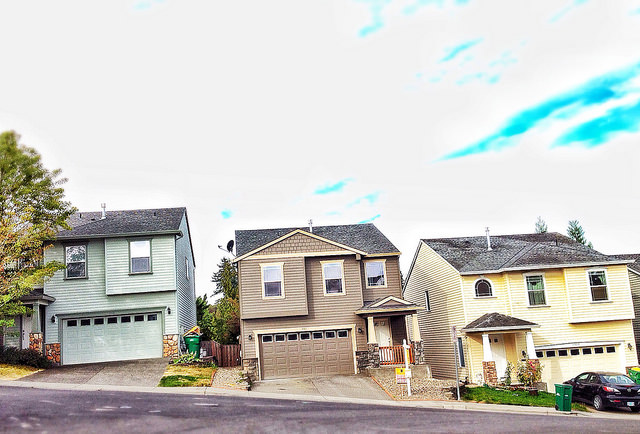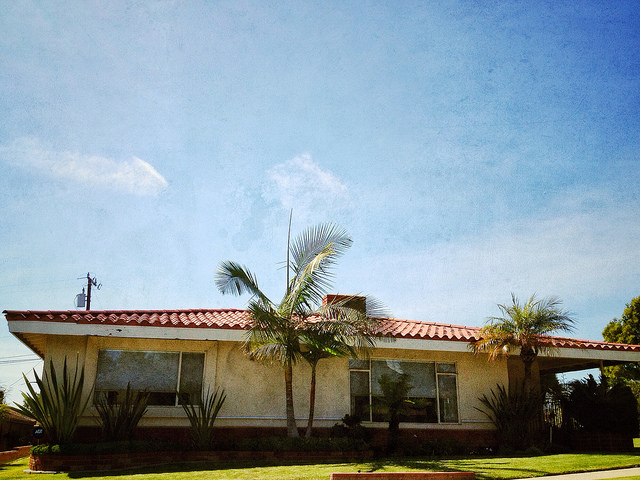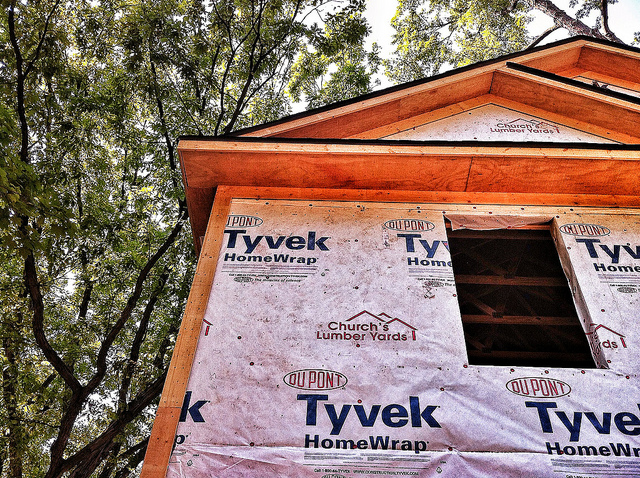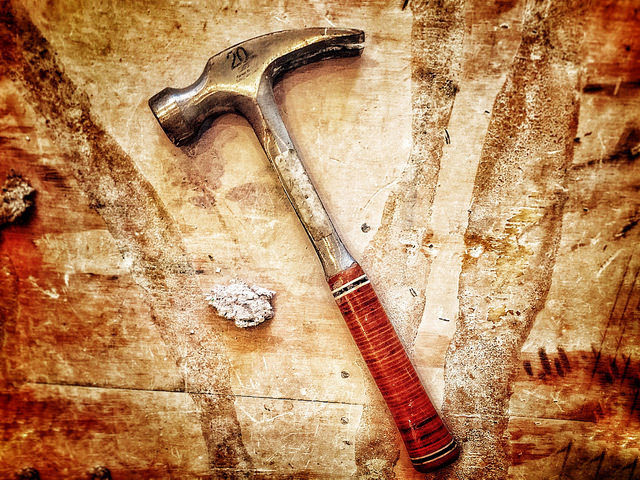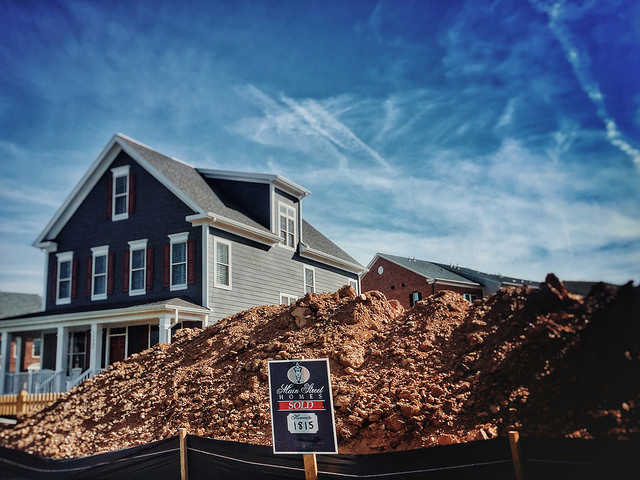Having a car isn’t really a choice for a lot of Americans – and even some of us that are lucky enough to choose whether or not to have a car decide to have one. Put simply, cars are a fact of life for most us. So it comes as no surprise that an analysis of Census Bureau construction data done by the National Association of Home Builders found that an increasing number of new homes have garages and the size of those garages is also on the rise. For example, the share of homes with a three or more car garage jumped from 11 percent in 1992 to 20 percent in 2005. And, in the past decade, new homes built without a garage have become almost non-existent. Robert Dietz, NAHB’s chief economist and senior vice president for economics and housing policy, breaks down the numbers in a recent article. “For new single-family completions in 2015, 61 percent of homes offered a two-car garage,†Dietz writes. “Another 24 percent of homes possessed a garage large enough to hold three or more cars. Just 6 percent of newly-built homes had a one-car garage, and only 1 percent possessed a carport. Another 9 percent of new homes had no garage or carport.†Additionally, of the 9 percent of homes without a garage, 23 percent were townhomes. More here.




